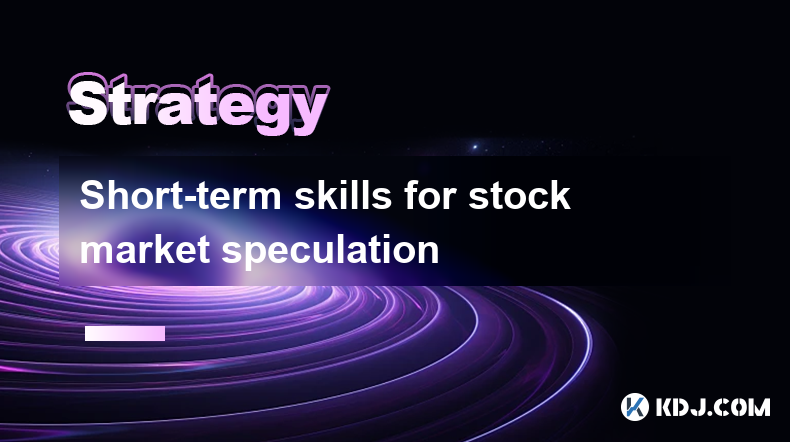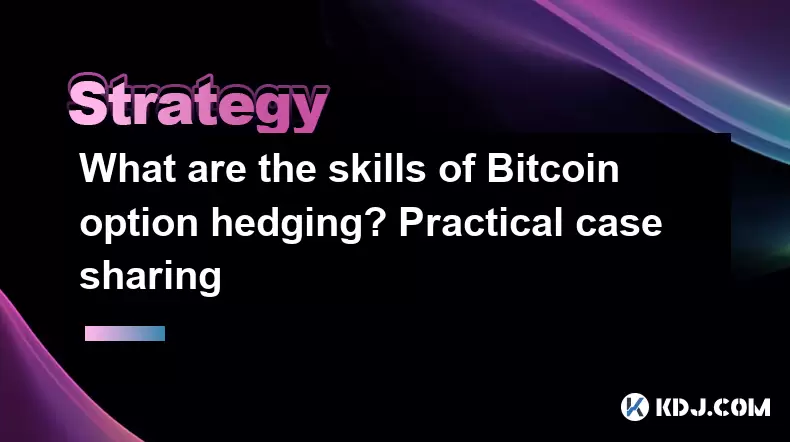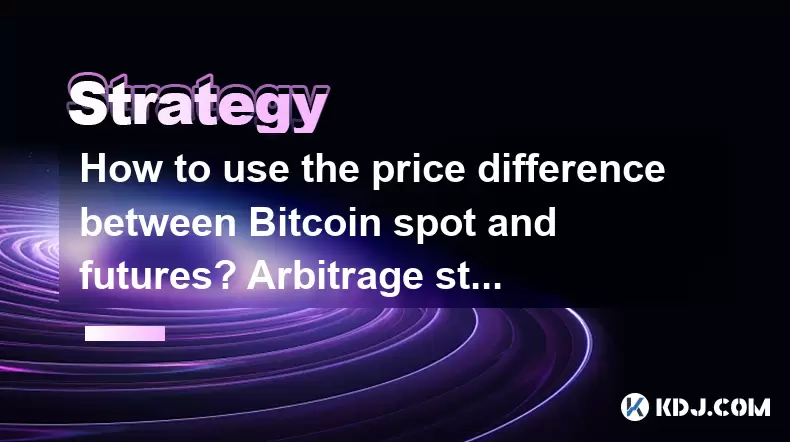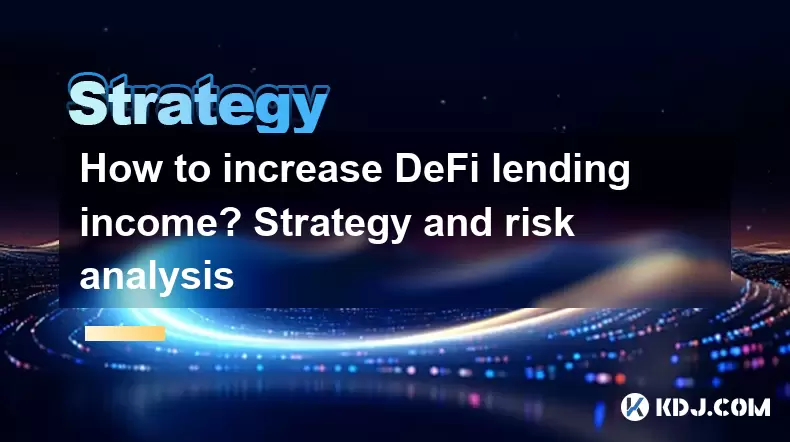-
 Bitcoin
Bitcoin $107,247.2038
-0.18% -
 Ethereum
Ethereum $2,424.7947
0.34% -
 Tether USDt
Tether USDt $1.0003
-0.02% -
 XRP
XRP $2.1171
-3.33% -
 BNB
BNB $645.6618
0.06% -
 Solana
Solana $141.5898
-1.32% -
 USDC
USDC $0.9998
0.00% -
 TRON
TRON $0.2710
-0.41% -
 Dogecoin
Dogecoin $0.1602
-2.99% -
 Cardano
Cardano $0.5553
-2.28% -
 Hyperliquid
Hyperliquid $36.3019
-2.42% -
 Bitcoin Cash
Bitcoin Cash $491.7212
2.04% -
 Chainlink
Chainlink $13.0810
-0.23% -
 Sui
Sui $2.6080
-5.06% -
 UNUS SED LEO
UNUS SED LEO $9.0040
-0.05% -
 Stellar
Stellar $0.2350
-3.06% -
 Avalanche
Avalanche $17.2294
-2.31% -
 Toncoin
Toncoin $2.8075
-1.05% -
 Shiba Inu
Shiba Inu $0.0...01121
-3.43% -
 Litecoin
Litecoin $84.2215
-0.32% -
 Hedera
Hedera $0.1429
-4.88% -
 Monero
Monero $312.2199
-0.90% -
 Dai
Dai $0.9997
-0.01% -
 Ethena USDe
Ethena USDe $0.9999
-0.02% -
 Polkadot
Polkadot $3.2973
-2.60% -
 Bitget Token
Bitget Token $4.4742
3.12% -
 Pi
Pi $0.5631
-10.10% -
 Uniswap
Uniswap $6.7817
-2.06% -
 Pepe
Pepe $0.0...09252
-3.74% -
 Aave
Aave $251.3830
-2.24%
Short-term skills for stock market speculation
Technical analysis techniques, such as trend analysis and support and resistance levels, empower traders to identify promising trading opportunities in the stock market.
Jan 11, 2025 at 04:29 am

Key Points
- Identify Trading Opportunities
- Technical Analysis Techniques
- Risk Management Strategies
- Psychology of Trading
- Education and Practice
Article
Identify Trading Opportunities
- Technical Analysis: Study market charts to identify trends, support, and resistance levels.
- Fundamental Analysis: Examine economic data and company performance to assess market fundamentals.
- Market Sentiment: Gauge investor attitudes through sentiment indicators and news sources.
- News and Events: Stay informed about industry news, company announcements, and geopolitical events that can impact stock prices.
- Volatility Analysis: Measure market volatility to assess potential risks and trading opportunities.
Technical Analysis Techniques
- Trend Analysis: Identify the direction in which the market is moving using moving averages, trendlines, and chart patterns.
- Support and Resistance Levels: Determine price levels where buying or selling pressure tends to concentrate, creating trading opportunities.
- Technical Indicators: Use indicators such as the Relative Strength Index (RSI), Bollinger Bands, and Moving Average Convergence Divergence (MACD) to confirm trading signals.
- Chart Patterns: Recognize and interpret common chart patterns like double tops and bottoms, head and shoulders, and flags to identify trading setups.
- Volume Analysis: Study the volume of trading to assess market activity and confirm trading decisions.
Risk Management Strategies
- Position Sizing: Determine the appropriate size of your trades based on your risk tolerance and account size.
- Stop-Loss Orders: Place stop-loss orders below (for long positions) or above (for short positions) your entry level to limit potential losses.
- Risk-Reward Ratio: Calculate the potential reward-to-risk ratio for each trade to ensure favorable outcomes.
- Hedging: Use hedging strategies to reduce overall risk exposure by offsetting positions with opposite trades.
- Trailing Stop-Loss Orders: Dynamically adjust your stop-loss orders to follow the trend while protecting profits.
Psychology of Trading
- Emotional Control: Manage your emotions during trading to avoid impulsive decisions and minimize losses.
- Greed and Fear: Identify and control irrational biases that stem from greed or fear, which can lead to poor trading decisions.
- FOMO and FUD: Resist the urge to follow the crowd (FOMO) or panic sell due to negative news (FUD).
- Discipline: Adhere to your trading plan and avoid deviating from it based on emotional impulses.
- Trading Journal: Keep a detailed record of your trades to track your progress and identify areas for improvement.
Education and Practice
- Online Resources: Utilize reputable websites, books, and videos to expand your knowledge of stock market trading techniques.
- Courses and Certifications: Enroll in formal courses or obtain certifications to enhance your trading skills.
- Paper Trading: Practice trading in a simulated environment to refine your strategies and gain confidence.
- Mentoring and Community: Seek guidance from experienced traders and join reputable trading communities to connect with like-minded individuals.
- Continuous Improvement: Consistently upgrade your knowledge and skills through ongoing learning and adaptation.
FAQs
What are the most effective technical indicators for day trading?
Technical indicators such as Bollinger Bands, MACD, and RSI are widely used by day traders for confirming trading signals.
How can I avoid emotional trading?
Implement a trading plan, take regular breaks, and seek professional help if necessary to control emotions during trading.
What is the optimal risk-reward ratio for a trade?
A risk-reward ratio of 2:1 or higher is generally considered favorable for achieving profitable outcomes over the long term.
How can I identify a reliable mentor?
Look for mentors with proven track records, reputable credentials, and a willingness to share their knowledge and experiences.
Disclaimer:info@kdj.com
The information provided is not trading advice. kdj.com does not assume any responsibility for any investments made based on the information provided in this article. Cryptocurrencies are highly volatile and it is highly recommended that you invest with caution after thorough research!
If you believe that the content used on this website infringes your copyright, please contact us immediately (info@kdj.com) and we will delete it promptly.
- Dogecoin to $1? Analysts Weigh In on DOGE's Breakout Potential
- 2025-06-27 10:30:12
- Memecoins, Growth, and Analysts: Decoding the Latest Trends
- 2025-06-27 10:30:12
- Dogecoin, Meme Coins, and the Rise of Neo Pepe: What's Hot in Crypto?
- 2025-06-27 10:50:12
- Memetic Provenance, Crypto, and Undervalued Primitives: Why Culture Matters
- 2025-06-27 09:30:12
- MAGACOIN, Ethereum, and Dogecoin: Navigating the Crypto Landscape in 2025
- 2025-06-27 08:50:12
- Shiba Inu, Portfolio, and Cryptocurrency: Navigating the Meme Coin Mania in 2025
- 2025-06-27 08:30:12
Related knowledge

What are the skills of Bitcoin option hedging? Practical case sharing
Jun 24,2025 at 04:01pm
Understanding Bitcoin Option HedgingBitcoin option hedging is a risk management strategy used by traders and investors to protect their positions in the volatile cryptocurrency market. By using options, individuals can limit potential losses while retaining the opportunity for profit. In essence, it allows one to insulate against adverse price movements...

How to use the price difference between Bitcoin spot and futures? Arbitrage strategy
Jun 20,2025 at 02:56pm
Understanding Bitcoin Spot and Futures MarketsTo effectively leverage arbitrage opportunities between Bitcoin spot and futures markets, it's essential to understand the fundamental differences between these two types of markets. The spot market refers to the direct buying and selling of Bitcoin for immediate delivery at the current market price. In cont...

How to increase DeFi lending income? Strategy and risk analysis
Jun 24,2025 at 02:08pm
Understanding DeFi Lending and Its Income PotentialDeFi (Decentralized Finance) lending has emerged as a popular way to earn passive income in the cryptocurrency space. Unlike traditional banking systems, DeFi lending platforms allow users to lend their crypto assets directly to borrowers without intermediaries. The lenders earn interest based on the su...

How to operate cryptocurrency cross-market arbitrage? Practical analysis
Jun 23,2025 at 04:01am
Understanding Cryptocurrency Cross-Market ArbitrageCryptocurrency cross-market arbitrage involves taking advantage of price differences for the same digital asset across different exchanges. The core idea is to buy low on one exchange and sell high on another, capturing the profit from the discrepancy. This strategy relies heavily on real-time market da...

How to make profits from high-frequency cryptocurrency trading? Sharing core skills
Jun 19,2025 at 05:07pm
Understanding High-Frequency Cryptocurrency TradingHigh-frequency trading (HFT) in the cryptocurrency market involves executing a large number of trades at extremely fast speeds, often within milliseconds. This method relies on small price discrepancies across exchanges or within a single exchange’s order book. Traders use complex algorithms and ultra-l...

What are the methods of cryptocurrency quantitative trading? Detailed analysis
Jun 22,2025 at 11:07pm
Understanding the Core of Cryptocurrency Quantitative TradingCryptocurrency quantitative trading refers to the use of mathematical models and algorithms to execute trades in the digital asset market. Unlike traditional discretionary trading, which relies heavily on human judgment, quantitative trading leverages data-driven strategies to identify profita...

What are the skills of Bitcoin option hedging? Practical case sharing
Jun 24,2025 at 04:01pm
Understanding Bitcoin Option HedgingBitcoin option hedging is a risk management strategy used by traders and investors to protect their positions in the volatile cryptocurrency market. By using options, individuals can limit potential losses while retaining the opportunity for profit. In essence, it allows one to insulate against adverse price movements...

How to use the price difference between Bitcoin spot and futures? Arbitrage strategy
Jun 20,2025 at 02:56pm
Understanding Bitcoin Spot and Futures MarketsTo effectively leverage arbitrage opportunities between Bitcoin spot and futures markets, it's essential to understand the fundamental differences between these two types of markets. The spot market refers to the direct buying and selling of Bitcoin for immediate delivery at the current market price. In cont...

How to increase DeFi lending income? Strategy and risk analysis
Jun 24,2025 at 02:08pm
Understanding DeFi Lending and Its Income PotentialDeFi (Decentralized Finance) lending has emerged as a popular way to earn passive income in the cryptocurrency space. Unlike traditional banking systems, DeFi lending platforms allow users to lend their crypto assets directly to borrowers without intermediaries. The lenders earn interest based on the su...

How to operate cryptocurrency cross-market arbitrage? Practical analysis
Jun 23,2025 at 04:01am
Understanding Cryptocurrency Cross-Market ArbitrageCryptocurrency cross-market arbitrage involves taking advantage of price differences for the same digital asset across different exchanges. The core idea is to buy low on one exchange and sell high on another, capturing the profit from the discrepancy. This strategy relies heavily on real-time market da...

How to make profits from high-frequency cryptocurrency trading? Sharing core skills
Jun 19,2025 at 05:07pm
Understanding High-Frequency Cryptocurrency TradingHigh-frequency trading (HFT) in the cryptocurrency market involves executing a large number of trades at extremely fast speeds, often within milliseconds. This method relies on small price discrepancies across exchanges or within a single exchange’s order book. Traders use complex algorithms and ultra-l...

What are the methods of cryptocurrency quantitative trading? Detailed analysis
Jun 22,2025 at 11:07pm
Understanding the Core of Cryptocurrency Quantitative TradingCryptocurrency quantitative trading refers to the use of mathematical models and algorithms to execute trades in the digital asset market. Unlike traditional discretionary trading, which relies heavily on human judgment, quantitative trading leverages data-driven strategies to identify profita...
See all articles
























































































